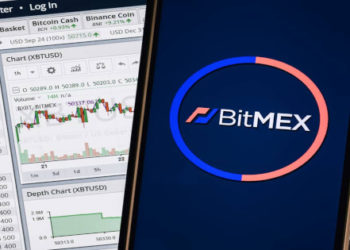Swift, the global financial messaging service, announced on August 31, 2023, that it has successfully conducted a series of experiments to facilitate the transfer of tokenized assets across multiple blockchains. Collaborating with major financial institutions and Chainlink ($LINK), a Web3 services platform, Swift aims to solve the interoperability challenges that have been a barrier to the growth of tokenized asset markets.
Major banks involved are: Australia and New Zealand Banking Group Limited (ANZ), BNP Paribas, BNY Mellon, Citi, Clearstream, Euroclear, Lloyds Banking Group, SIX Digital Exchange (SDX), The Depository Trust & Clearing Corporation (DTCC).
Key Findings
Swift’s experiments revealed that its existing infrastructure could serve as a “single point of entry for financial institutions moving tokenized assets while leveraging existing secure infrastructure.” The cooperative’s efforts are part of a broader strategy to maintain secure, global interoperability in a fragmented financial ecosystem.
Tom Zschach, Chief Innovation Officer at Swift, stated, “Interoperability is at the heart of everything we are doing at Swift to facilitate the seamless flow of value across the world […] Our experiments have demonstrated clearly that existing secure and trusted Swift infrastructure can provide that central point of connectivity, removing a huge hurdle in the development of tokenization and unlocking its potential.”
The Challenge of Interoperability
Tokenization is still in its early stages, but 97% of institutional investors believe it will revolutionize asset management. One of the main challenges is the lack of interoperability between different blockchains where tokenized assets are managed. Financial institutions currently have to build connections to each platform individually, leading to “significant operational challenges and cost.”
Technical Insights
Swift collaborated with financial institutions such as ANZ, BNP Paribas, and BNY Mellon, among others. Chainlink was used to securely connect the Swift network to the Ethereum Sepolia network. The experiments involved transfers of simulated tokenized assets between wallets on the same public Distributed Ledger Technology network, between two wallets on different public blockchains, and between a public and private blockchain network.
Future Prospects
Swift will continue to work with the financial community to identify the most compelling use cases for tokenized asset adoption. The most promising avenue, in the near term, appears to be in the secondary trading of non-listed assets and private markets.
Implications
The experiments signify a step forward in solving the interoperability problem that has been a bottleneck for the broader adoption of tokenized assets. By providing a single point of entry, Swift could potentially lower operational challenges and costs for financial institutions.
Conclusion
Swift’s experiments mark a significant milestone in the quest for interoperability in the tokenized asset landscape. While the technology is still in its infancy, Swift’s efforts could pave the way for more efficient and cost-effective management of digital assets, thereby accelerating their adoption in mainstream finance.
Image source: Shutterstock
Credit: Source link












































